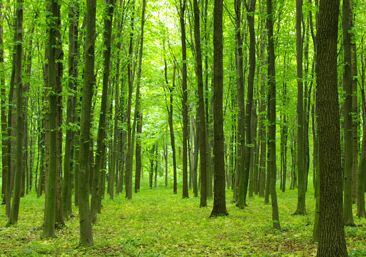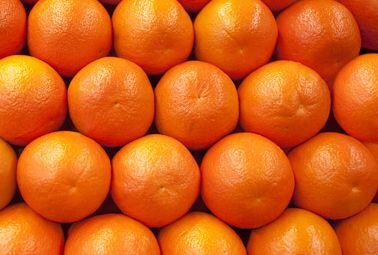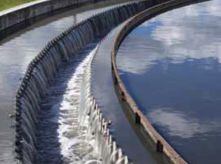And are food manufacturers and retailers asking their suppliers as many questions about these as they are about more high-profile ingredients?
A few years ago, the answer was ‘No’, says CP Kelco, which specializes in ingredients including pectin, locust bean gum, xanthan gum, carrageenan, cellulose gum and gellan gum. Today, the answer is a (qualified) ‘Yes’, according to global marketing director Jane Schulenburg.
Greenhouse gas emissions, waste, water and energy use
Far more customers are now asking detailed questions about where all of their ingredients are coming from, how they are manufactured and distributed, and expect their suppliers to be actively engaged in programs to reduce greenhouse gas emissions, waste, water and energy use, said Schulenburg, who was speaking FoodNavigator-USA as part of our sustainable sourcing special.
Several customers also expect suppliers to sign up to third party schemes such as Sedex (Supplier Ethical Data Exchange) - an online platform for managing ethical supply chain data on labor standards, sustainability, health and safety and business ethics, she added.
A key factor in the supplier selection process, or just something for the CSR report?
But do they really care about these things, or is it just so they can put something in their CSR reports?
With some customers, it can feel a bit like a “check-the-box exercise”, she says.

But for others - especially those who have made commitments to consumers and other stakeholders on their environmental footprint - being able to answer questions about sustainability is becoming a condition of doing business, and will become a key factor in the supplier selection process.
At CP Kelco, like any manufacturing business, water, energy and waste management have always been part of continuous improvement programs. What’s changed is that these things have now shifted from something that is driven by operations to become part of a company-wide sustainability program, says Schulenburg.
In the past three years, for example, CP Kelco has hired a sustainability manager with two direct reports, and as global marketing manager, Schulenburg has played a key role in communicating what the company is doing on this front to customers and other stakeholders.
She adds: “We been measuring waste, water and energy use for years, but in the past three years we’ve tried to standardize how we do this across all our ingredients so that we can provide customers with GHG emission figures ‘gate to gate’ within our manufacturing process, almost down to SKU level now.
“The next step is extending that from cradle to grave to include shipping.”
Using every part of the raw material

The positive thing about the ingredients in CP Kelco’s stable is that they are all from renewable sources, she says.
For example, the raw material for pectin is citrus fruit peel that’s a by-product of the fruit-juice production industry, which is in turn used for cattle feed once CP Kelco has extracted the pectin.
Meanwhile, the water it uses at its facility in Limeira, Brazil to wash citrus peel before use - which contains a dilute concentration of nitrogen - is sold to local farmers for the irrigation and fertilization of citrus and sugar cane crops.
Carrageenan is from seaweed strains that are very abundant, and waste perlite, salt and sand cleaned off of seaweed are used as soil conditioners and fertilizers.
Xanthan gum, meanwhile, is produced from bio-fermentation using the bacteria Xanthomonas campestris and utilizing corn as a sugar source, and the company is now exploring whether there is any nutritional value in the residual material left after the extraction process.
Finally, 75% of the cellulose used in CP Kelco’s processes comes from forests certified by the Program for the Endorsement of Forest Certification, or that meet the requirements of certification.
In China, the water we return is cleaner than the water coming in

As for energy, 100% of energy used at the site is generated by biomass and hydoelectric sources, along with 75% of the energy used at its pectin plant at Limeira, Brazil.
But the biggest focus right now is trying to reduce water, she says, with some initiatives involving partnerships with other businesses.
For example, CP Kelco’s cellulose gum/CMS facility in Äänekoski, Finland, sits in a complex with four paper mills, and all five facilities now work together to borrow, treat and recycle water.
However, a law of diminishing returns starts to apply after a while, she says.
“There is a limit on how much you can reduce water use. The key is then making sure that what you do use goes back into the water system in the same condition that it came out.
“In our facilities in China, the water we return from our production process is cleaner than when it comes in from the municipal water supply.”
